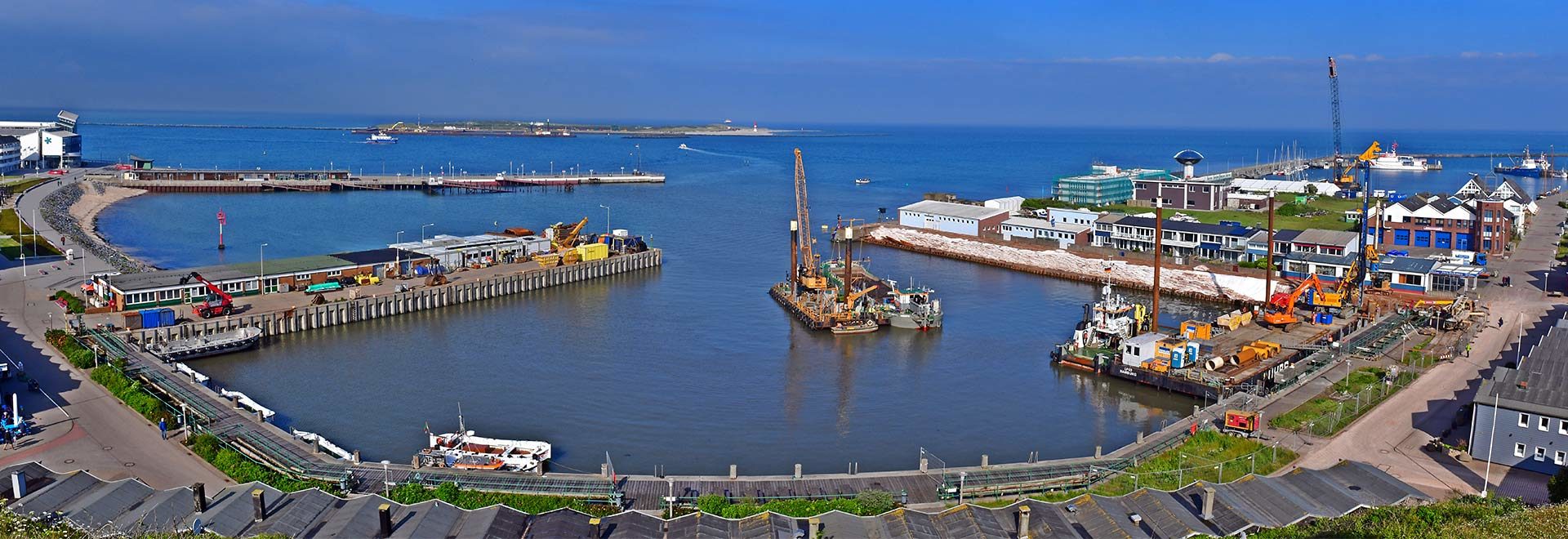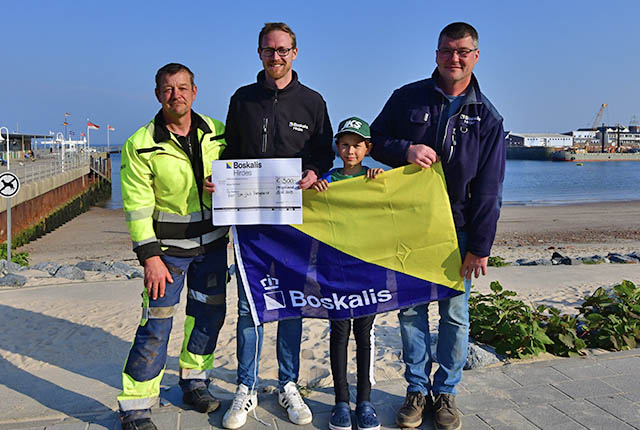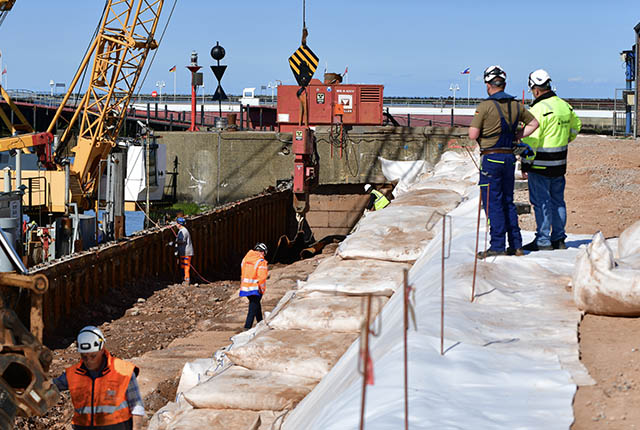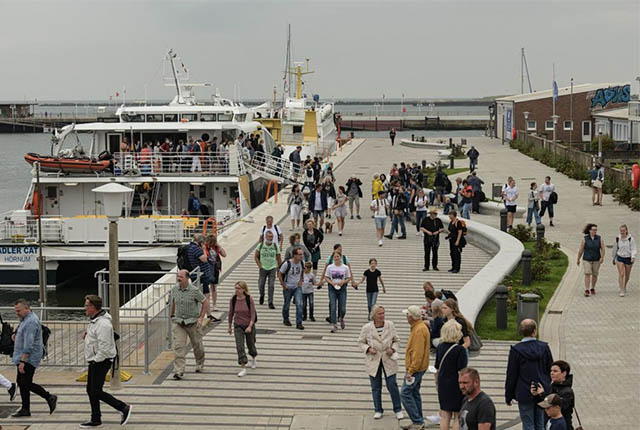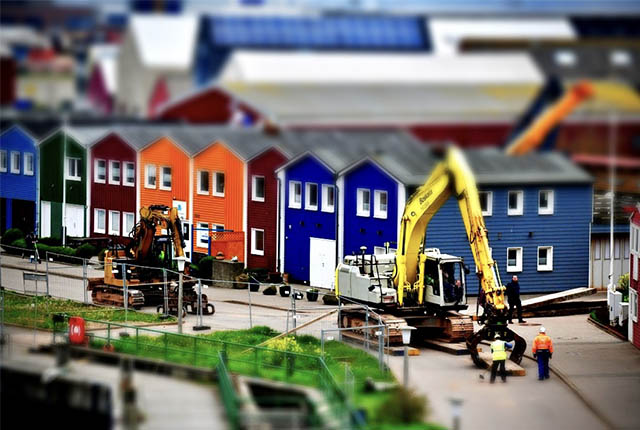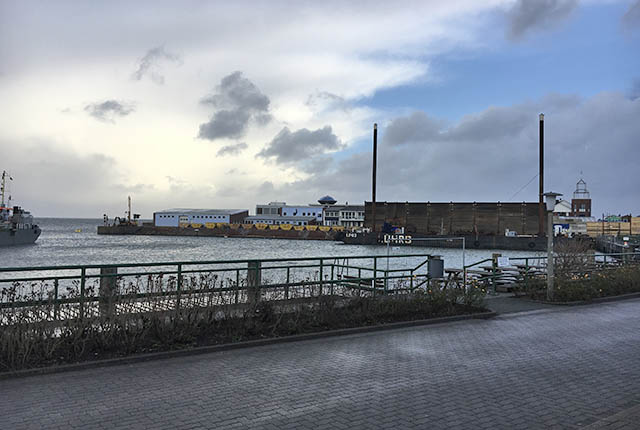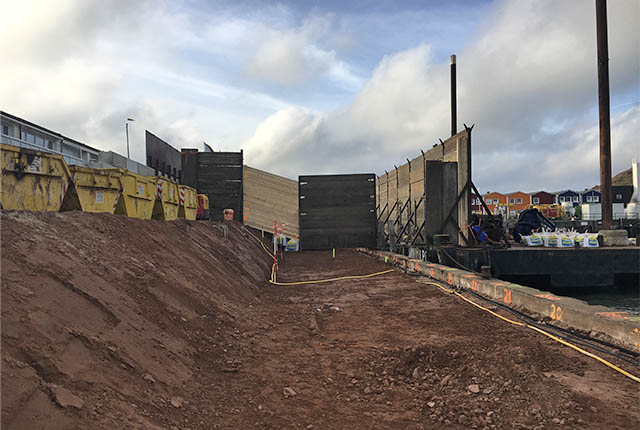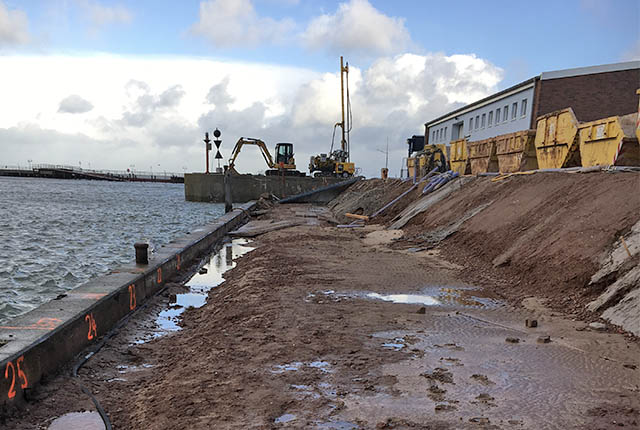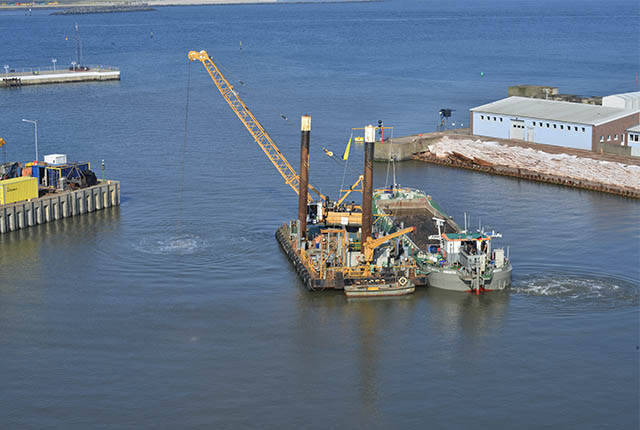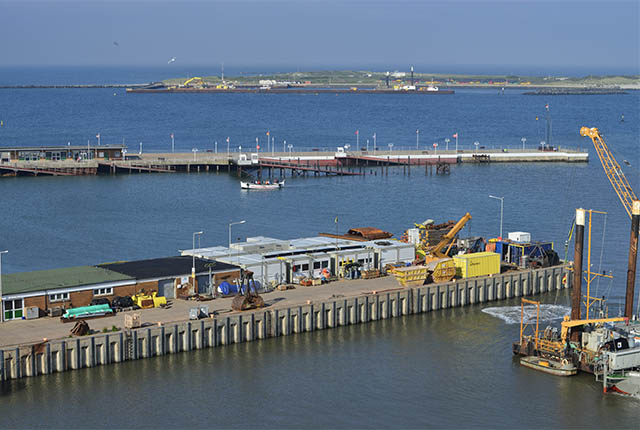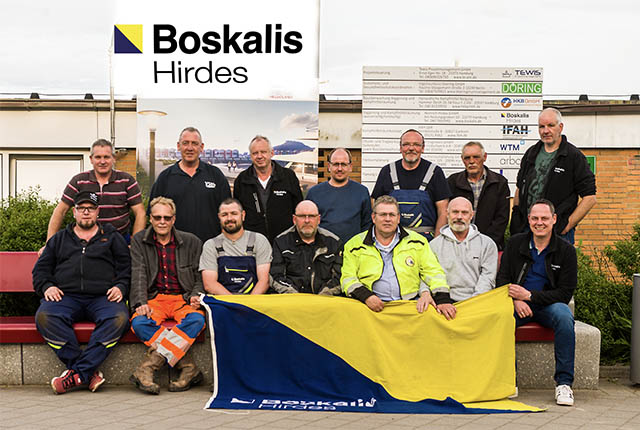During WW II, Helgoland was bombed many times over. After the war, the uninhabited island fell within the British Occupation Zone which meant more of the same: the island was actually used as a bombing range. Then, on 18 April 1947, the Royal Navy detonated 6,700 tons of explosives in an attempt to destroy the island entirely and remove it as a fleet base location for Germany. “Operation Big Bang” resulted in one of the biggest single non-nuclear detonations in history. The huge blow shook the main island several miles down to its base, changing its shape in the process.
Finally, in 1952 Helgoland was returned to German control, and the former inhabitants were allowed to return. At the time, the German authorities cleared a significant quantity of unexploded ordnances (UXO) and rebuilt the houses before allowing citizens to resettle there.
Today, Helgoland has a population of over 1,000 residents. Recently, however, safety concerns rose about the unexploded ordnances still lurking about on the island. Any future construction, for example, could not take place without the supervision of EOD experts. To protect residents and tourists, a greater overhaul of the UXOs was planned.
During September 2018 – August 2019 Boskalis Hirdes executed a massive sweep of the island, performing a landside excavation of approximately 3,000m³ of soil. With Hafenprojektgesellschaft Helgoland mbH as the customer, the price tag on the entire project was set at €16.2 million.
The effort featured the stabilization of subsurface by grouting, conducted for the protection of adjacent housing. Rocks and slurry (reflux of grouting) were stored temporarily and then crushed for later re-use.
In addition, the existing sheet pile wall (with a length of 125m) was removed and the remaining slope protected with geo-bags.
The UXO survey & inspection uncovered a total of 61 UXO items (50 of them were 100+ kg) which were promptly and safely removed.
The scope of the operation included also dredging works of some 16,000 m³ of soil by backhoe and cable dredger, as well as a separation unit including temporary storage and further transport to a land deposit in Hamburg by trailing suction hopper dredger.
Also e.g. dredging of contaminated soil was performed, with soil being transported by coaster to a landside waste management plant.
The demanding project required plenty of versatile expertise and Boskalis Hirdes enlisted the support of four capable subcontractors to get the job done. Keller Grundbau GmbH (grouting works), Demler Spezialtiefbau GmbH & Co (strengthening of south-west-quay), Industrietaucher Butny (diving works) and Graalmann Umwelt- und Arbeitsschutz GmbH (disposal of contaminated soil) contributed greatly to the satisfactory outcome.
